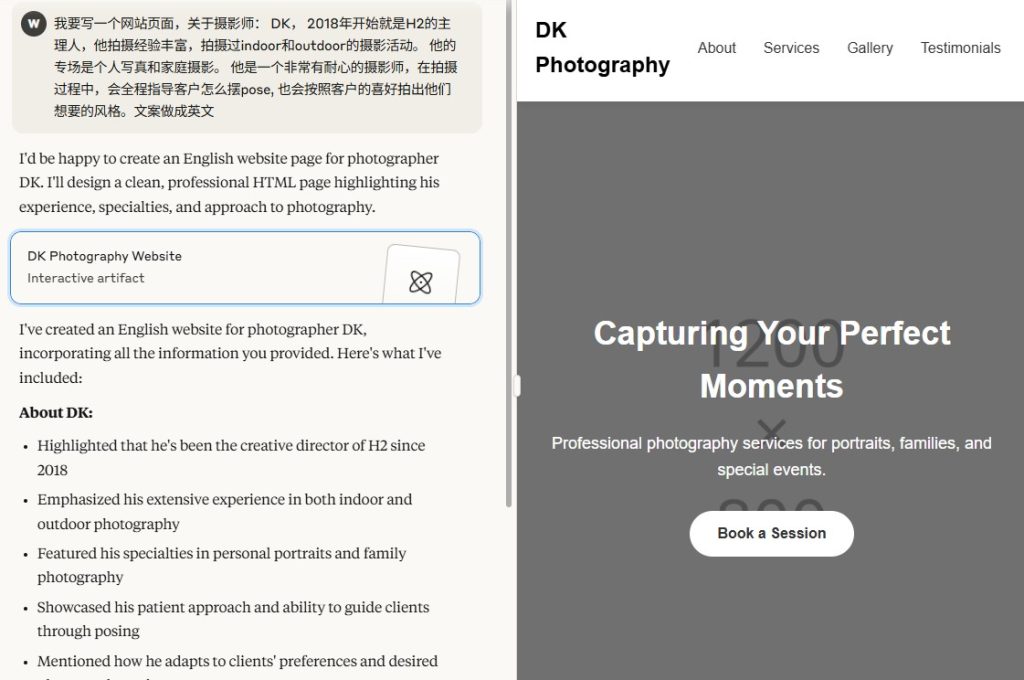There is a lot of debate surrounding the topic of short-form versus long-form content and which one might be better for your business’s content marketing strategy. And even more importantly, there is an argument about which of the two you should be focusing on. This article will help you decide on what is the best length of content you should produce in order for your business to grow exponentially through increased viewership and sales. This will, in turn, increase profits and allow you and your business to become more defined, enjoying greater exposure, popularity, customer or viewership loyalty and trust.
The content you produce is vitally important, as it must not leave the viewer hunting for further details. It needs to answer all their questions but also does so without boring them to death with too much information, be it relevant or not. It must captivate the viewer, leaving them satisfied but hungry for more!
The length and depth of the content should feel natural without confusing the reader or leaving them conflicted with other information they may have received or viewed. It is the content creator’s responsibility always to consider the readers’ needs, understand their needs and then produce captivating and informative content that addresses these needs. This is where choosing between short-form or long-form can be the make-or-break difference.
What is Short-form Content?
Short-form content is usually any written copy that is around 1,000 words and may include social media posts and blog posts as well as brief emails, text messages or popup copy and the like. These are excellent forms of short content and can be exceptionally advantageous for your business if that is what your viewers crave.
Research shows that a person has, on average, an attention span of 8.25 seconds, and therefore, short-form content must be concise, direct, to the point, and can be read rapidly in order to avoid losing the reader. Short-form content must be able to immediately captivate the reader with its simplicity and ability to get to the point expeditiously. This does not necessarily mean it is easy to write, and a lot of thought and creativity must be used to create compelling headlines or social media posts that grab the reader’s attention.
Benefits of Short-form Content:
- Easy to consume on mobile devices.
- Evokes a sense of excitement or urgency.
- Only requires a few seconds of attention span.
- Usually quicker to create.
- Includes a call-to-action (CTA) that will urge the reader to act right away so as not to miss out by clicking the link provided to purchase something at a discounted rate.
- If used properly and correctly, it can be very powerful.
What is Long-form Content?
Long-form content is typically any written copy that is 2,000 words or more. This type of material is usually seen as white papers, e-books, case studies, reviews and how-to guides, just to name a few. Additionally, research shows that 95% of consumers read reviews on company review websites before making an informed decision and purchase.
Long-form content is a tactic that certain industries depend on. Some businesses are required to write longer content as it is believed that the power of extra words will assist with optimising lead conversion, as the content can cover items like attributes, advantages, endorsements, special value propositions, case studies etc.
However, one should remain cognisant of the fact that a robust amount of information can be overwhelming to the reader. Therefore, using headings, pictures, bullet points, and other graphical components can make it much easier to understand.
Benefits of Long-form Content:
- Improves search engine rankings for your content or blog.
- Increases reader engagement.
- Increases social shares.
- Builds awareness about your brand.
- Creates trust and authority for your brand.
- Helps solve problems or answer questions.
- Gives you the ability to link out more which creates more partnerships and referral relationships.
- Gives you the ability to provide more educational content to your audience, which builds trust.
- Offers more backlink opportunities.
- Gives you the ability to create more repurposed content for future posts.
- Encourages more conversions and commentary on your blog.
Is Long-form Content Better Than Short-form?
This is possibly the million-dollar question, but unfortunately, the answer, in this case, is: “it depends”.
If you are explicitly trying to establish what type of content to use and how the number of words involved can affect your ranking, look at the word count chart below, detailing the correlation for ranking in Google from HubSpot:
From the above chart, we can see a direct correlation between long(er)-form content, in other words, where the word count is high, and the ranking is also high on search engines. So from this research, we can see that those companies and industries who choose to “go big!”, simply put, get better results. So if your business strategy and goal is to increase your ranking on search engines, it may be “better” for you to make use of long-form content and target key phrases, which these phrases will be the key things your audience will be searching for and typing into the search bar.
In addition, the amount of time a reader spends with your brand and browsing through the information you have posted about your brand becomes a significant factor when deciding on which type of content you want to create and use.
James McKinven, podcast expert and founder of PodPanda, talks about “time with brand.” It is compelling and very interesting to think about the amount of time the audience spends reading through blog posts or even several blog posts on your site, and it can be said that it is likely to be less than that of a regular podcast episode.
This essentially means that your potential audience is spending more time with your brand, and by understanding the value in that, it can be seen that genuine long-form content becomes the no-brainer, as the audience will then be spending more time with your brand.
Conclusion
The leading school of thought is that long posts are most certainly the better option, as they can offer in-depth answers and information and perform better in search engine rankings. However, others may say that the viewership desires small digestible fragments to suit busy, on-the-go lifestyles. This means there is no absolute universal rule when it comes to the perfect or best length of content because it will all depend on your audience, your product or service and ultimately, your business strategy and goals.
Furthermore, it is clear and evident that the only way to make an informed decision of what type of content can and should be chosen is to first consider factors like the interest and education of your customers, user intent and the journey your customers take to arrive at a specific piece of content.
Having said this, there is one thing for sure: both short-form and long-form content can be extremely effective when used correctly. They can let you produce strong and excellent articles, website content or social posts and videos to improve your search engine optimisation (SEO) and, ultimately, your ranking.
Engaging a digital marketing company to manage your content strategy is the best gift you can give to your business. While the experts can formulate a winning strategy for your content marketing, you can direct all your efforts towards taking your business to newer heights.








